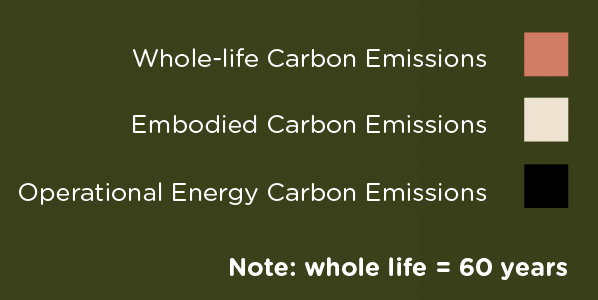Sustainability
Havelock has been designed to the highest possible
standards to provide a sustainable work place,
helping occupiers to meet their own ESG and
Net Zero standards.


Retaining the existing
structure saves
tonnes CO2e
The equivalent of
4,750
flight to NY
160 million
cups of tea
from a kettle
10,250
trees planted


Havelock aims to achieve the following green credentials and principles:
Whole Life Carbon
(saving 4,005,000
kgCO2 over a new build)
Site Renewables (26% of energy demand provided on site)
EPC “A” rating
Outstanding
(at design)
Future Proofing
(Gas fuelled heat
generation phased out)
Operational Carbon
(78% improvement on
existing building)
Structural Frame
(100% retained)
Control and energy
monitoring strategy
designed-in

(Design for performance review stage)

Site Renewables
PV panels
Solar thermal panels
Air-source heat pumps
Waste water
heat recovery
(by weight) of demolition waste will be diverted from landfill
(by weight) of non-demolition waste will be diverted from landfill
More than 10% of the building’s
total energy consumption
provided by renewable sources
A refurbished and extended building. reflects a responsible and balanced approach to development impact.
A Whole Life Carbon Indicative Options Appraisal has been completed by Savills Earth to estimate the whole life (operational carbon+embodied carbon) emissions associated with three redevelopment scenarios for Havelock.


A thoughtful, carbon efficient
approach to development
A holistic and balanced response
to development impact
Over the lifetime of the building
(60 years) Havelock is more efficient
than a comparable new build